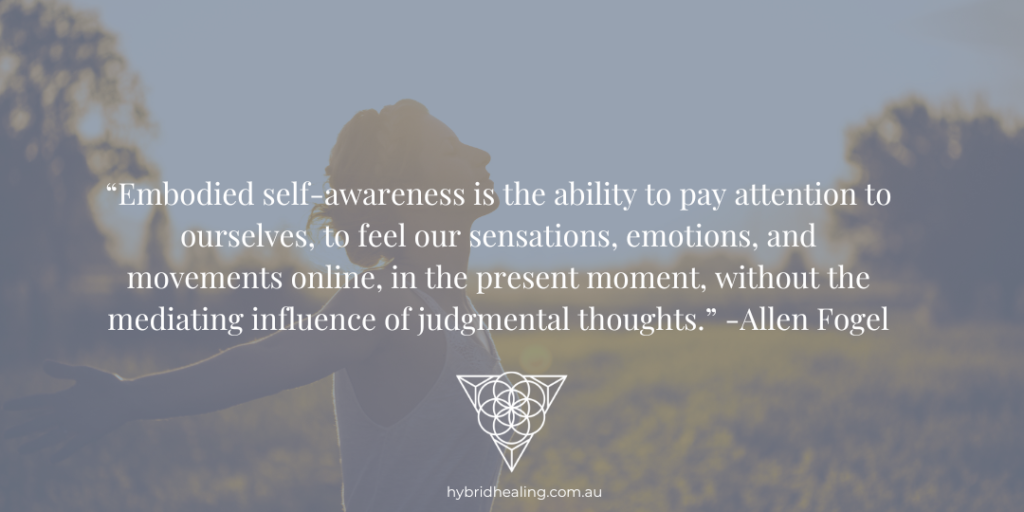
The nervous system is one of the most complex and crucial systems in our body. It is responsible for receiving and interpreting sensory information, transmitting signals to and from the brain, and coordinating movement and bodily functions. The nervous system is composed of two main parts: the central nervous system (CNS) and the peripheral nervous system (PNS). The CNS is made up of the brain and the spinal cord, while the PNS is made up of all the nerves that extend from the CNS to other parts of the body.
The nervous system works by transmitting electrical signals, known as nerve impulses, between nerve cells, or neurons. Neurons are specialized cells that receive, process, and transmit information through electrical and chemical signals. The electrical signals travel along the axon of a neuron, while the chemical signals are transmitted between neurons at synapses, or specialized structures where neurons come into contact with each other.
Regulating the Nervous System: The Somatic Approach
The nervous system can sometimes become overstimulated, leading to feelings of anxiety, stress, and tension. To regulate the nervous system and promote relaxation and a sense of calm, many people turn to somatic practices. Somatic practices involve using our body and senses to become more aware of and regulate our physiological and psychological states.
One such somatic practice is deep breathing. Deep breathing involves taking slow, deep breaths and focusing on the sensation of the breath as it enters and leaves the body. This practice helps to activate the relaxation response, which slows the heart rate and calms the nervous system.
Another somatic practice is progressive muscle relaxation. This involves tensing and then relaxing different muscle groups in a systematic way, starting with the feet and working up to the head. The process of tensing and relaxing the muscles helps to release physical tension and calm the nervous system.
Yoga and tai chi are also effective somatic practices for regulating the nervous system. These practices combine physical postures, breathing techniques, and meditation to create a state of physical and mental relaxation. The slow, deliberate movements in yoga and tai chi help to release physical tension, while the focus on the breath and mindfulness of the present moment help to calm the mind.
Finally, mindfulness meditation is a powerful somatic practice for regulating the nervous system. Mindfulness involves focusing on the present moment and paying attention to physical sensations, thoughts, and emotions without judgment. This practice helps to calm the mind and promote a sense of relaxation and well-being.
In conclusion, the nervous system is an incredibly complex system that plays a vital role in our overall health and well-being. By incorporating somatic practices like deep breathing, progressive muscle relaxation, yoga, tai chi, and mindfulness meditation into our daily routine, we can help regulate our nervous system and promote physical and mental relaxation.
We invite you to come and join us in our support community, where we gather together with like-minded individuals to share education and information on regulating our nervous system, healing trauma and identifying sabotaging patterns, join here READY TO HEAL YOUR HEART
If you would like a 1:1 Counselling or Coaching Session please book in HERE
Warm regards
Loretta and the Team at Hybrid Healing 🖤
P.S. Check out our emotional freedom technique, which helps you to reconnect with yourself, and free up intense emotions HERE
P.P.S Matrix Reimprinting is a technique you can use to help you uncover sabotaging patterns and beliefs, and help you imprint healthy patterns that support your well-being. To check out the free training on clearing your blocks to success, and discover Matrix reimprinting, click HERE

Recent Comments